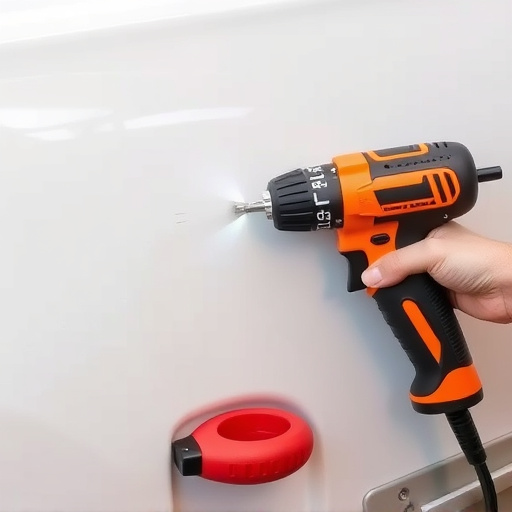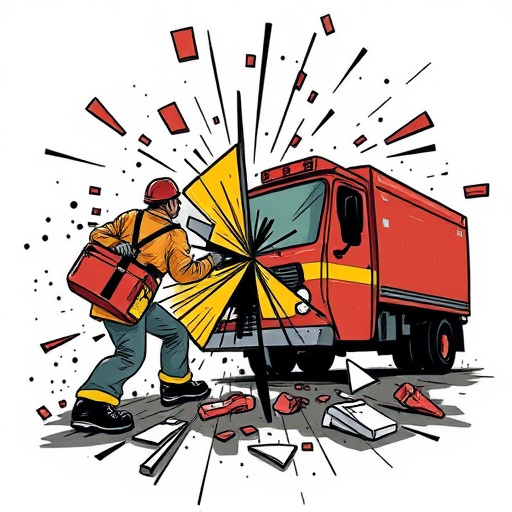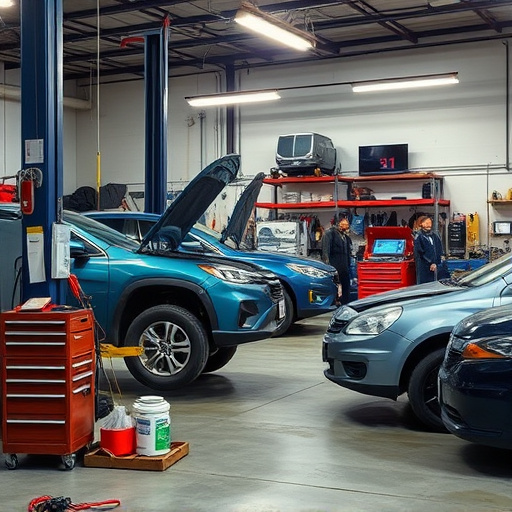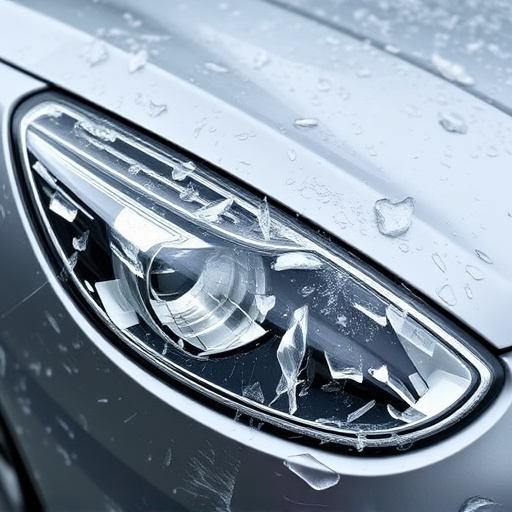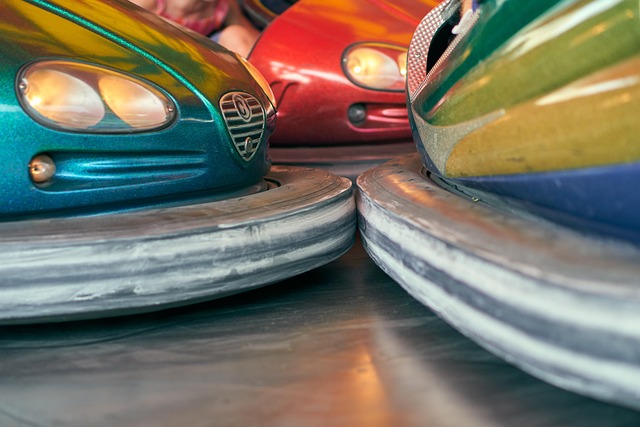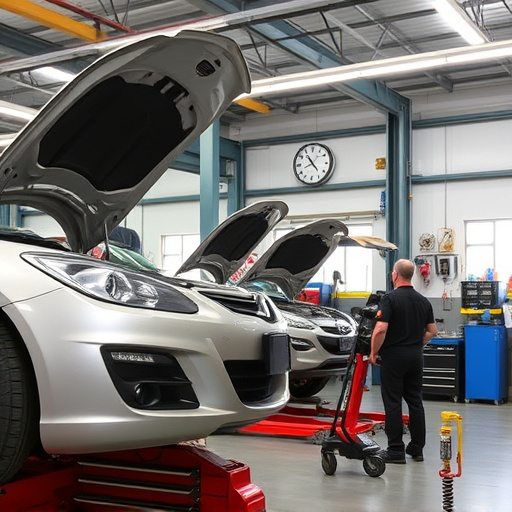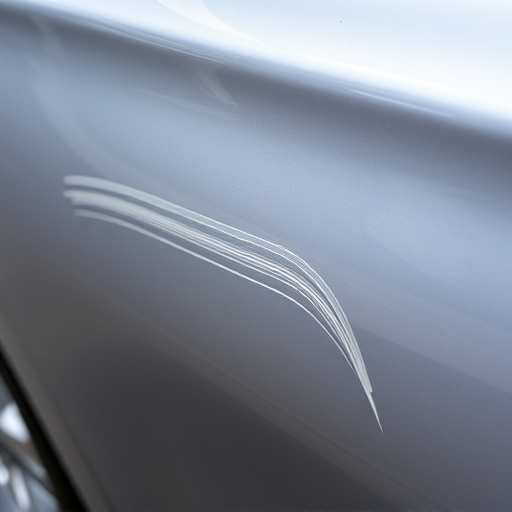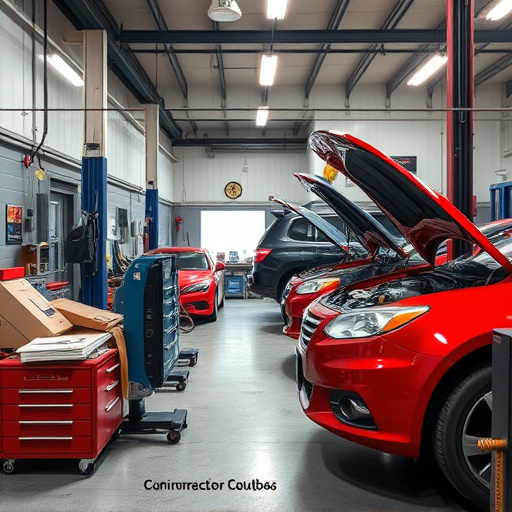Regularly inspect and upgrade sound deadening materials in older vehicles to maintain noise reduction and comfort. Over time, these materials degrade, allowing more exterior noise and requiring professional repairs. Modern sound deadening kits offer advanced technology for better noise reduction without adding weight or compromising structural integrity. Proper sound deadening improves driving comfort, safety, and outcomes from future auto body work.
Are you tired of loud road noises in your older vehicle? It might be time to upgrade your sound deadening materials. Over time, factory-installed soundproofing can break down, losing its effectiveness. This article explores when and why replacing sound deadening materials is crucial for a quieter ride. We’ll delve into common signs of wear, the benefits of an upgrade, and how to navigate this process, ensuring a smoother, more peaceful journey without the hustle and bustle of road noises.
- Understanding Sound Deadening Over Time
- Common Signs of Material Breakdown
- Benefits of Upgrading Older Materials
Understanding Sound Deadening Over Time
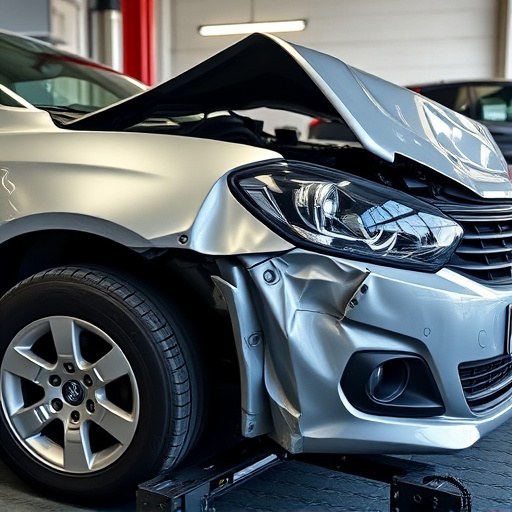
Sound deadening materials play a crucial role in maintaining a quiet and comfortable ride within older vehicles. Over time, these materials can degrade or become less effective due to various factors such as age, exposure to harsh weather conditions, and normal wear and tear. Understanding how sound deadening performs and its expected lifespan is essential for vehicle owners.
As your car ages, the integrity of its sound deadening layers might diminish. This could result in increased noise levels from the engine, road, and other sources. Regular inspection by automotive repair services or visits to an auto body shop can help identify when replacement is necessary. Keep in mind that timely upgrades to sound deadening materials contribute significantly to enhancing your driving experience and ensuring a quieter, more enjoyable journey.
Common Signs of Material Breakdown
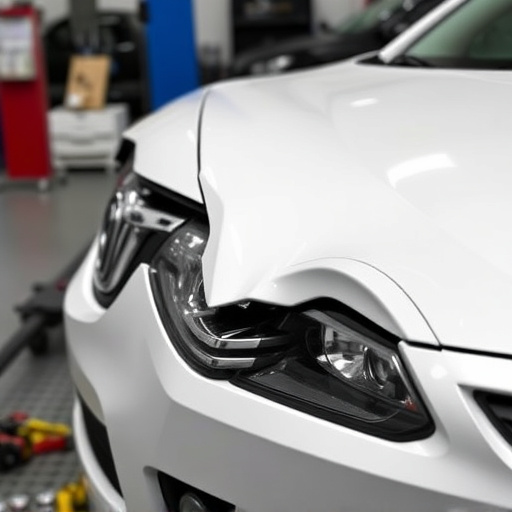
Over time, sound deadening materials in older vehicles can break down, becoming less effective at minimizing noise and vibrations. This deterioration is often indicated by several telltale signs. One of the most obvious is increased exterior noise infiltration, such as louder engine sounds, wind whistling, or road noise seeping into the cabin. This heightened awareness of external noises can be disconcerting for drivers, making it clear that an upgrade may be necessary.
Additionally, visual inspections during regular maintenance checks can reveal issues. Sound deadening materials may appear cracked, frayed, or bubbled on the surface, especially near doors and windows. These structural changes suggest that the materials are no longer performing optimally at blocking sound transmission. In some cases, loose or missing pieces might indicate previous attempts at repair or a framework issue, underscoring the need for professional frame straightening and autobody repairs to ensure proper restoration and sound deadening efficiency.
Benefits of Upgrading Older Materials
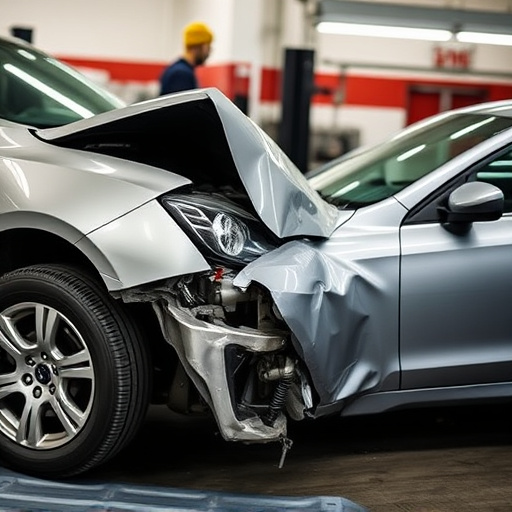
Upgrading sound deadening materials in older vehicles offers numerous benefits that go beyond simply improving noise levels. As cars age, their factory-installed sound insulation can degrade, becoming less effective at blocking exterior noise, which not only makes the ride less enjoyable but also increases driver and passenger exposure to potentially harmful sounds. Modern sound deadening materials are designed with advanced technologies, such as improved acoustic foams and specialized fabrics, that provide better noise reduction without adding significant weight or compromising structural integrity.
This enhancement is especially valuable for those who frequently drive in noisy urban environments or on rough roads. By investing in upgraded sound deadening kits, car owners can transform their vehicle’s interior into a calmer space, enhancing comfort and safety. Moreover, proper sound deadening can contribute to better auto collision center outcomes during future automotive body work, ensuring that repairs are not only structural but also address noise issues for a smoother ride.
Upgrading sound deadening materials in older vehicles can significantly enhance ride comfort and noise reduction, addressing potential safety concerns and providing a quieter, more enjoyable driving experience. Regularly inspecting your car’s sound deadening components and understanding their longevity is key to maintaining optimal performance. By being proactive and recognizing common signs of breakdown, you can ensure your vehicle remains a peaceful sanctuary on the road, proving that investing in better materials is a wise decision for any car owner.

